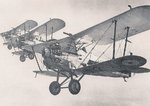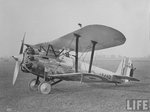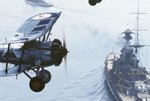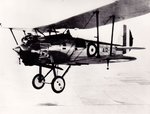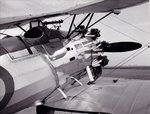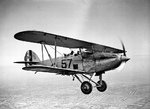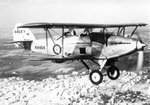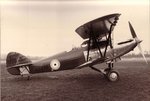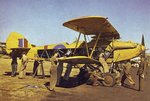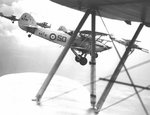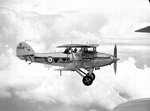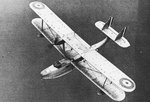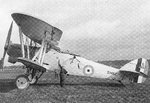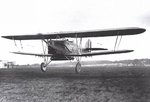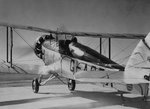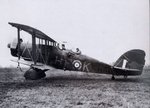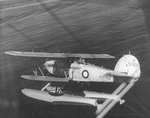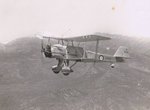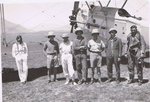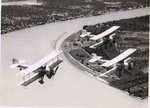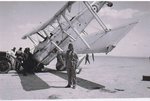- Thread starter
- #21
The Bluebird L.1 was initially designed as a competitor in the Lympne light aircraft trials to be held in September 1924 for a low-powered two-seater, fitted with a 67 in³ (1,100 cc) Blackburne Thrush three-cylinder radial engine. The Bluebird was a wooden single-bay biplane, with folding wings and was fitted with a single side-by-side cockpit. Although first flying in 1924, it was not finished in time to compete in the 1924 competition. It was realised that the machines that resulted from the 1923 and 1924 light aircraft trials were too low-powered for serious use, the Daily Mail sponsored a similar competition in September 1926, this time allowing the use of heavier and more powerful engines. The prototype Bluebird was then fitted with an Armstrong Siddeley Genet radial engine and dual controls for entry into the competition. Interest in the Bluebird following the competition and its success in the 1926 Grosvenor Cup air race, which it won, resulted in Blackburn manufacturing a batch of 13 production aircraft, known as the L.1A Bluebird II, which were similar to the prototype, and a further seven modified L.1B Bluebird III. The Bluebird formed the basis for the all-metal Blackburn Bluebird IV.
The wooden Bluebirds were mainly used by flying clubs, and were heavily used, but several were quickly written off, with only three surviving for more than four years. One Bluebird II was fitted with floats and another, the Bluebird III prototype, was fitted with an ADC Cirrus engine as a testbed for the Bluebird IV. The last wooden Bluebird was destroyed in a fire-fighting demonstration in 1937
The wooden Bluebirds were mainly used by flying clubs, and were heavily used, but several were quickly written off, with only three surviving for more than four years. One Bluebird II was fitted with floats and another, the Bluebird III prototype, was fitted with an ADC Cirrus engine as a testbed for the Bluebird IV. The last wooden Bluebird was destroyed in a fire-fighting demonstration in 1937


